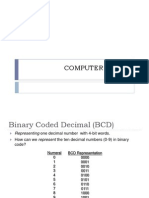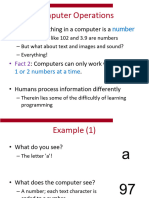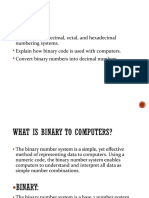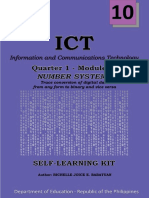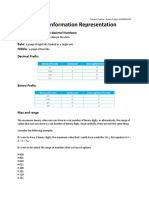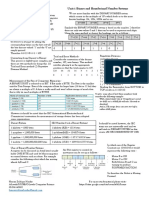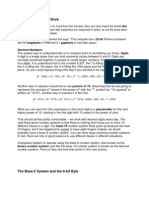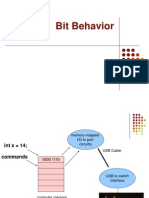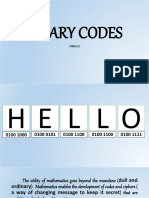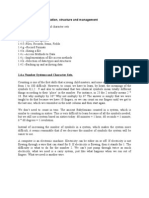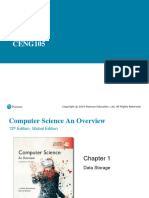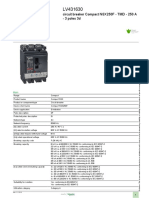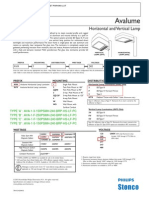0% found this document useful (0 votes)
10 views11 pagesBinary and Hex - Computer Science Aqa
The document explains the concepts of binary and hexadecimal systems, detailing how computers use binary for communication and machine language while also introducing hexadecimal as a base-16 system. It covers character sets like ASCII and Unicode, highlighting their role in representing text and various languages. Additionally, it discusses binary arithmetic and shifts, illustrating how binary operations work in computing.
Uploaded by
Rakshitha PatroCopyright
© © All Rights Reserved
We take content rights seriously. If you suspect this is your content, claim it here.
Available Formats
Download as PPTX, PDF, TXT or read online on Scribd
0% found this document useful (0 votes)
10 views11 pagesBinary and Hex - Computer Science Aqa
The document explains the concepts of binary and hexadecimal systems, detailing how computers use binary for communication and machine language while also introducing hexadecimal as a base-16 system. It covers character sets like ASCII and Unicode, highlighting their role in representing text and various languages. Additionally, it discusses binary arithmetic and shifts, illustrating how binary operations work in computing.
Uploaded by
Rakshitha PatroCopyright
© © All Rights Reserved
We take content rights seriously. If you suspect this is your content, claim it here.
Available Formats
Download as PPTX, PDF, TXT or read online on Scribd
/ 11

